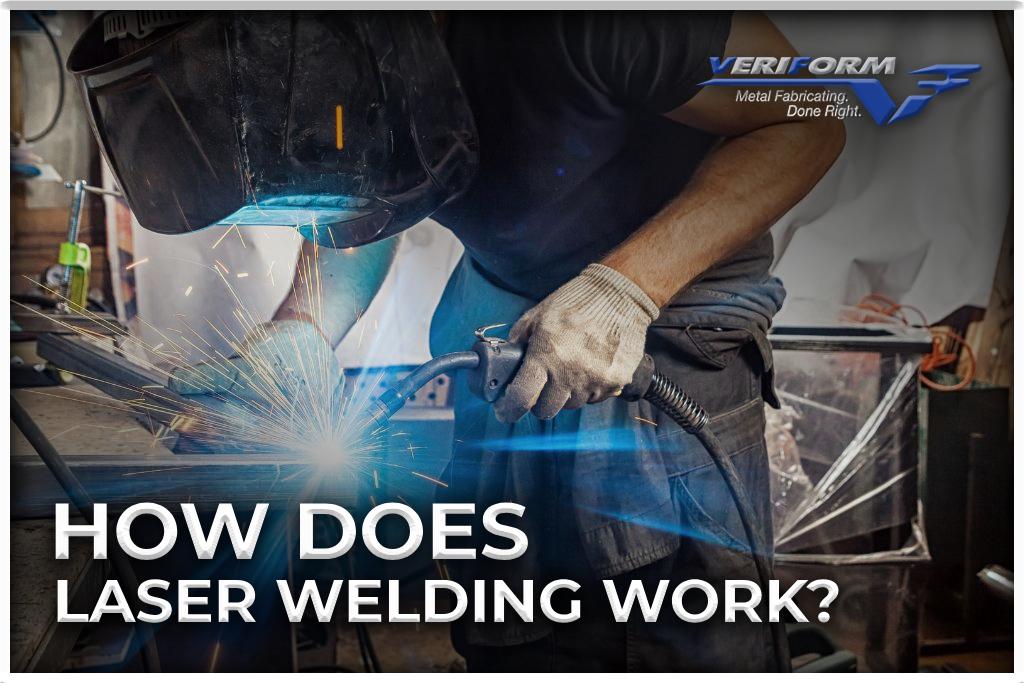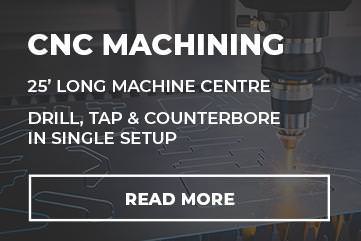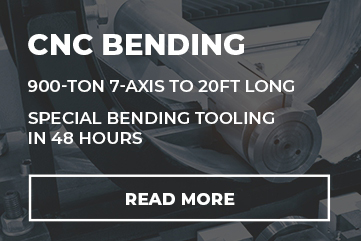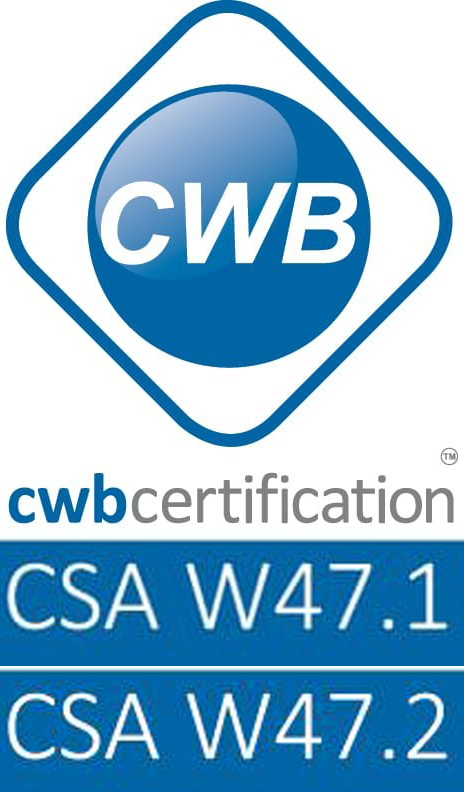News
How Does Laser Welding Work?

“How does laser welding work?” is the question we’re going to unravel today. Buckle up as we venture into this fascinating world.
Laser welding. Sounds cool, right? This technique leverages the power of lasers, producing a concentrated heat source that allows for narrow, deep welds and high welding rates.
Diving into the History of Laser Welding
Now, let’s hop into our time machine for a moment. The genesis of laser welding dates back to the 1960s – a period marked by a flurry of technological advancements. Laser welding has since evolved into an indispensable tool for various industries, admired for its precision and effectiveness.
Laser Welding: A Rundown of its Pros
But why should we bother with laser welding? Well, the method outshines traditional welding techniques in several ways. Precision, speed, and depth of welding – laser welding shines in these aspects.
The Science Behind Laser Welding
Eager to understand the “how” in “how does laser welding work?” Brace yourself for a dash of science!
Unpacking the Principles of Laser Light Generation
The laser is a central player in laser welding. LASER – or Light Amplification by Stimulated Emission of Radiation – works by stimulating the emission of light through a process of optical amplification. It’s this light that’s harnessed in laser welding.
Lasers Used in Welding
Among the myriad types of lasers, three stand out in welding: Fiber lasers, CO2 lasers, and Nd:YAG lasers. Each brings something unique to the table, adding versatility to laser welding.
Exploring Laser Beam Properties
How does a laser beam pull off such precise welding? The answer lies in its properties – monochromaticity, collimation, directionality, and intensity. These characteristics allow the laser beam to produce deep, high-quality welds.
Equipment Used in Laser Welding
Now, let’s look at the supporting actors in the laser welding process: the equipment.
The Laser Welding Machine Setup
A typical laser welding setup comprises a laser, a beam delivery system, and a workpiece fixture. It’s this trio that joins forces to bring the welding process to life.
Optics and Beam Delivery Systems
These elements have one job: guide the laser beam precisely onto the workpiece. Their role is crucial in ensuring the quality and accuracy of the weld.
Safety Measures of Laser Welding
Of course, safety is paramount in laser welding. Measures such as eye protection, fume extraction, and machine enclosures keep the operator safe while performing the weld.
What are The Laser Welding Techniques?
Finally, let’s explore how laser welding can be performed.
Conduction Welding
Conduction welding uses the laser to heat the surface of the material, resulting in a shallow but wide weld. It’s ideal for thin materials and delicate applications.
Keyhole Welding
Keyhole welding takes a more aggressive approach, drilling a hole into the material and forming a narrow, deep weld. It’s great for applications requiring strong welds.
Penetration Welding
Penetration welding straddles between conduction and keyhole welding. It offers a balance of weld depth and width, making it versatile across various applications.
Materials: The Core of Laser Welding
When discussing “how does laser welding work,” we can’t forget about the materials involved. Lasers aren’t picky, but some substances react better than others.
Metal
From steel to aluminum, copper, and titanium, metals generally fare well under the laser’s heat. Each has unique properties that affect the weld’s strength and appearance.
Plastic
Plastics, too, can be laser welded! Particularly thermoplastics and certain polymers, which respond well to heat and can form robust bonds.
Laser Welding Across Industries
Laser welding’s versatility is a boon to many industries. It’s interesting to see how it’s applied across sectors.
Automotive and Aerospace Industries
Whether it’s fusing parts of a car body or an airplane’s wing, laser welding is a trustworthy ally in these sectors.
Electronics and Medical Devices
For small, intricate components, laser welding is the go-to method. It’s also used in creating medical devices, where precision is paramount.
The Shiny Side: Jewelry
The precision and non-invasive nature of laser welding shine in the jewelry industry, perfect for working with precious metals.
Factors that Influence Laser Welding Quality
Several factors can make or break a laser weld. Understanding these can help optimize the process.
Energy Density and Power Density
These elements determine the penetration depth and weld width. Balancing them is crucial for high-quality results.
Speed, Beam Diameter, and Material
Welding speed and beam diameter also affect the outcome. The material’s thickness and type play a part, too, affecting how the laser interacts with it.
The Pros and Cons of Laser Welding
Finally, no discussion on “how does laser welding work” would be complete without weighing the pros and cons.
Pros of Laser Welding
From high precision and minimal distortion to a non-contact process, laser welding boasts several advantages that set it apart.
Cons of Laser Welding
However, it’s not all rosy. Laser welding has its limitations, including high equipment costs and stringent safety requirements.
Final Thoughts on Laser Welding
We’ve journeyed through the question, “how does laser welding work?” Uncovering its mechanics, we’ve seen how it uses lasers, materials, and equipment to join parts together with finesse. Despite some drawbacks, its benefits have made it an essential tool in modern manufacturing. It’s a testament to the blend of science, technology, and creativity in solving real-world problems. Are you looking for laser welding services? Contact VeriForm for more on how we can help you.








